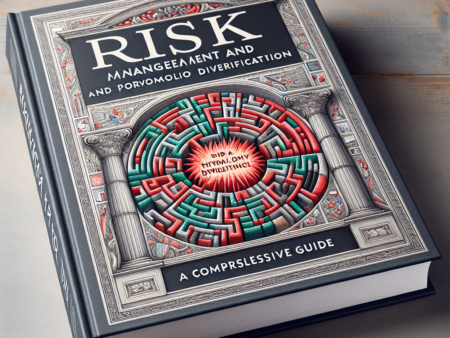The Art of Managing Risk: Key Strategies for a Balanced Portfolio
Understanding Risk Management
In the realm of investment, risk is a constant companion. Understanding how to manage this risk is crucial for the success and stability of your financial journey. This article aims to shed light on effective risk management strategies that aid in establishing a balanced portfolio.
What is Risk Management?
Risk management is the process of identifying, evaluating, and mitigating the impact of uncertainty on your investment portfolio. It involves a series of decisions and strategies aimed at reducing potential losses and enhancing potential gains.
Importance of a Balanced Portfolio
A balanced portfolio is one that is diversified across a variety of asset classes such as stocks, bonds, commodities, and real estate. It aims to balance risk and reward by apportioning a portfolio’s assets according to an individual’s goals, risk tolerance, and investment horizon.
“Balancing risk and reward, a diversified portfolio is your key to financial stability.”
Investment Planning
Key Strategies for Portfolio Diversification
- Asset Allocation: This refers to spreading your investments across different asset classes. The choice of asset allocation depends on your risk tolerance, investment horizon, and financial goals.
- Regular Portfolio Rebalancing: Over time, some investments may outperform others, leading to an imbalance. Regular rebalancing ensures your portfolio maintains its desired level of risk.
- Investment in Non-Correlated Assets: These are assets that move independently of each other. When one asset underperforms, the other may perform well, providing a counterbalance.
Common Pitfalls in Risk Management
While risk management is crucial, investors often stumble upon some common pitfalls. These include a lack of diversification, being driven by emotions, and neglecting the importance of regular portfolio review and rebalancing.
FAQ
| Question | Answer |
|---|---|
| What is a balanced portfolio? | A balanced portfolio is a diversified mix of different asset classes aimed at maximizing returns while minimizing risk. |
| Why is risk management important in investing? | Risk management helps to mitigate potential losses, protect your investment capital, and optimize your portfolio’s performance. |
Conclusion
Managing risk effectively and maintaining a balanced portfolio is an art that comes with understanding and practice. By adopting the strategies mentioned above, you can navigate the investment landscape with confidence and security.
Disclaimer
The information provided in this article is for informational purposes only and should not be construed as financial or investment advice. It is always recommended to conduct thorough research and consult with a professional advisor before making any investment decisions.


















